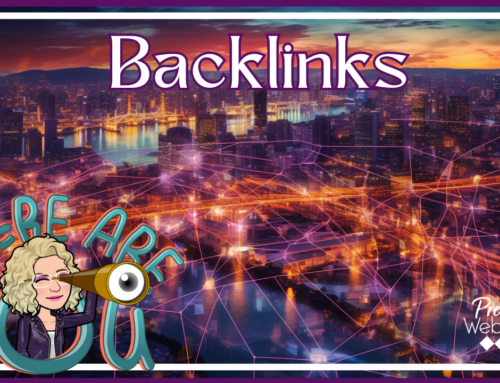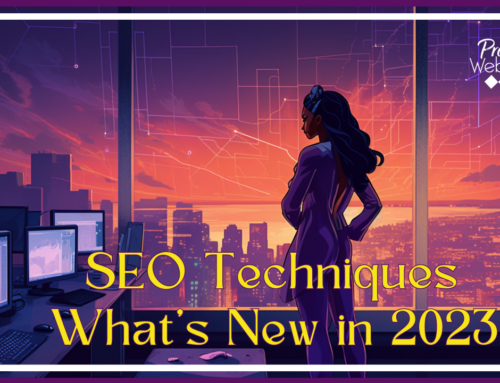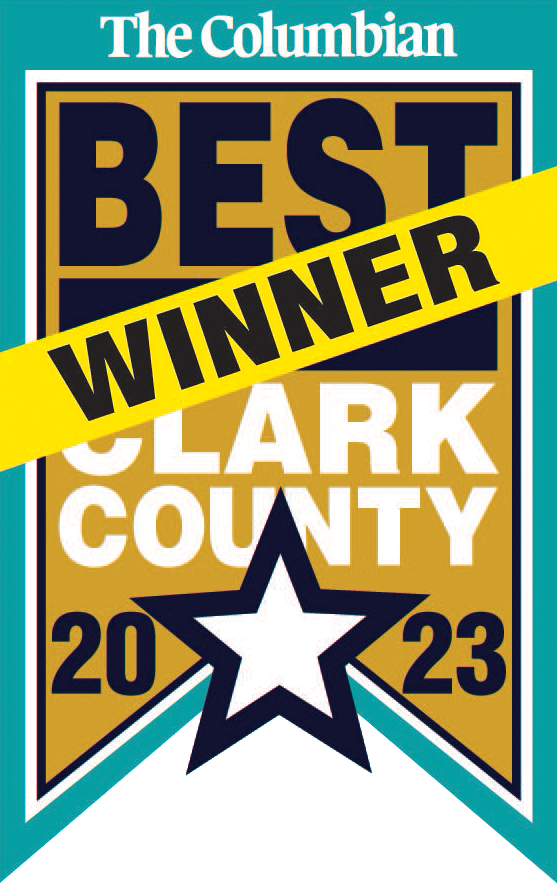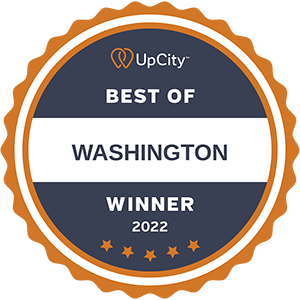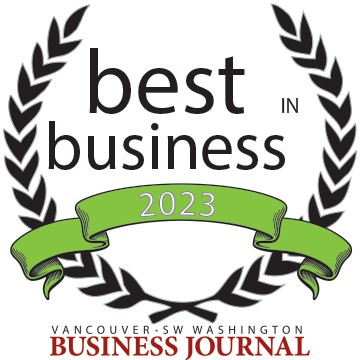What is SEO?
You’ve probably heard the term SEO thrown around, but what does it actually mean? SEO is short for search engine optimization and, as the name suggests, is a method for you to affect the visibility of your site in search engine results. Regardless of what kind of business you run, getting your site on the first page of Google is imperative if you want to get the most traffic. Sites in the top 3 organic search results on the first page drive 61 percent of organic traffic to these pages. In order to get on the first page results you can follow these tips.
Target Mid-tail Terms
There are over 1.84 billion websites, each competing for the number one spot on Google for certain keywords. In the past, you might have been able to rank high for specific keywords. Today you can bet there are millions of sites jockeying over the same words you want to target. Today, you need to focus on more specific phrases your consumer will likely put in a search. This has led to the rise of mid-tail terms. Basically, instead of focusing on a term like “used cars” you can use “used Ford trucks in Albuquerque, New Mexico.” Ranking first here might not bring as much as generic keywords, but you will be more likely to rank first and attract people searching for exactly what you offer.
Create Quality Content
In the past, the website owners could trick their site into ranking first in search engine results by stuffing keywords in their content. Fortunately, search engines have adjusted their algorithm to crack down on this issue. Now, the best rule of thumb for better SEO is to create quality content. So what qualifies as quality content? Below are the top four factors:
- Semantically comprehensive content – While it might sound fancy, this basically means that content must be relevant to the topic as a whole and include several related terms. In essence, Google knows that the search term “car” is relevant to an article where bumper and tires are mentioned.
- Long form – While not all of your content needs to be novel-length, in general the longer the content the better it will rank. As an additional bonus, longer content also tends to be shared more often with those ranging between 3,000-10,000 words capturing the highest social shares.
- Visuals – Not only do photos and videos help break up your text, they also help you rank higher in SEO. Make sure your photos are titled appropriately with keywords and have an informative description.
- Readability – This ranges from the length of your sentence to the structure of your content as a whole. At the end of the day, you want to keep everything simple. Use as few words as you can in a sentence. As well, break down your paragraphs into headings and subheadings as it will improve reader experience and improve search engine rankings.
Go Local
60 percent of search clicks now come from mobile devices and the majority of those searches are local in nature. If your business relies on in-person purchases, focusing on local SEO can help boost your sales exponentially. And the best part is that it’s relatively easy to do.
- Include your name, address and phone number (NAP) on every page of your site
- Add keywords to page titles that identify your business
- List yourself in Google and other directories
- Encourage shares via geolocation methods on platforms like Facebook and Foursquare
Keep Track of Analytics
Google and Bing webmaster tools offer valuable insight into how your audience is finding your site. You can easily measure the performance of your keywords and mid-tail terms and then focus on
improvements. The best part is that they are free to use!
Manage Your SEO
Luckily for small and medium-sized businesses, you can manage your SEO on your own. With a little bit of training, research and analysis you can push your way to the top of search results. Of course, it will take months if not years of employing good SEO tactics to see results so don’t be discouraged if you don’t see immediate results.

